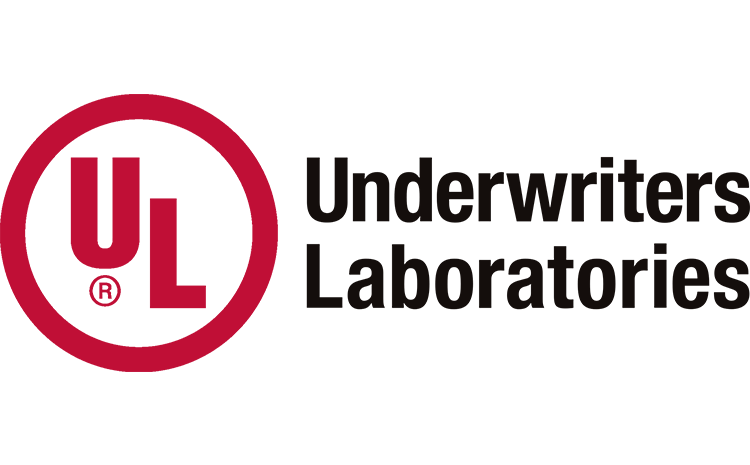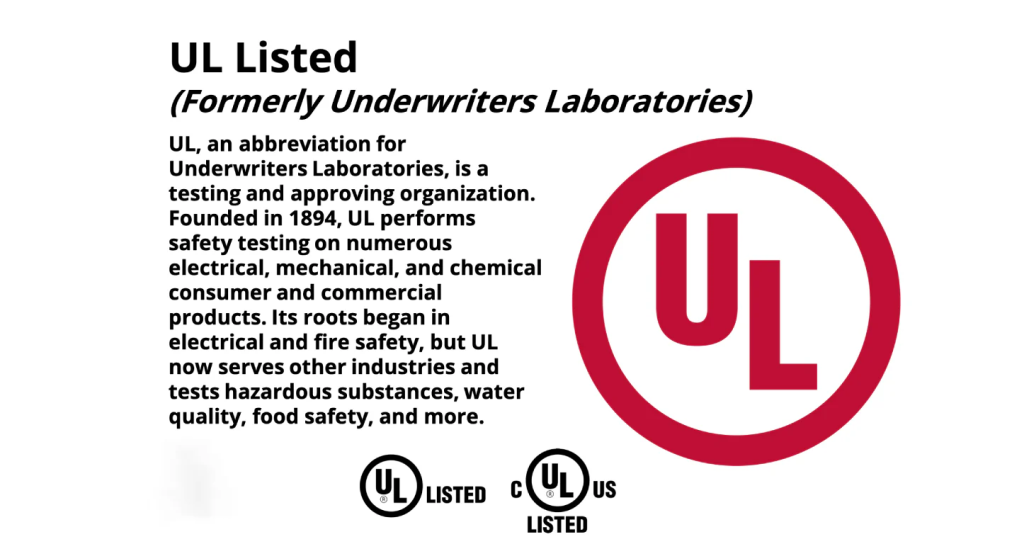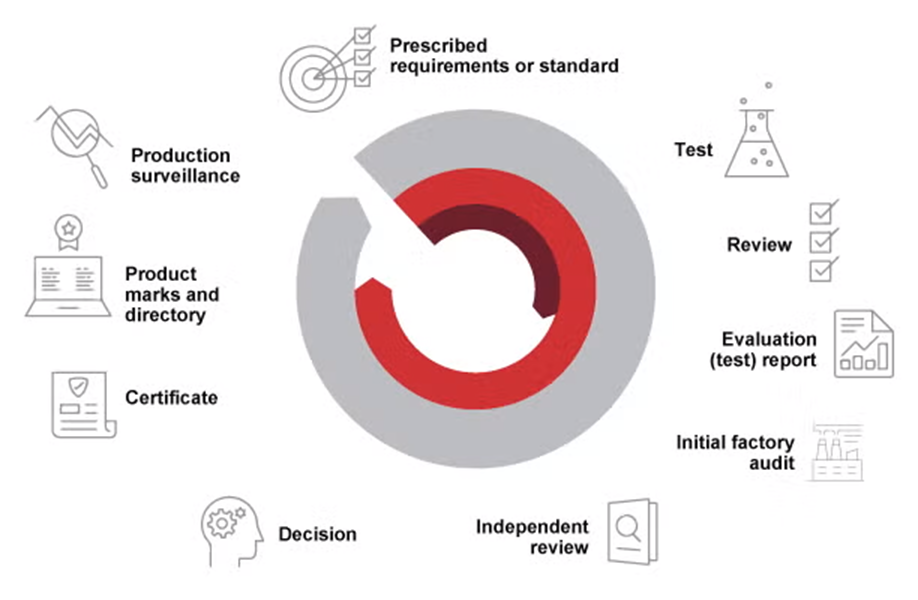
1. What is UL Certification?
UL (Underwriters Laboratories) is one of the world’s most trusted safety science organizations. Founded in the United States more than a century ago, UL develops technical standards, tests products, and certifies compliance to ensure they meet the highest safety, performance, and reliability benchmarks.
UL certification is widely recognized across industries, including:
-
Electrical equipment and wiring systems
-
Mechanical and industrial components
-
Consumer electronics and household appliances
-
Fire safety and explosion-proof equipment
In short, the UL Standard ensures that products are compliant with international safety regulations, making it easier for manufacturers to enter global markets.

2. The UL Testing and Certification Process
UL follows a rigorous, independent, and science-based evaluation process designed to eliminate risks and ensure trust.
Key steps in the process include:
-
Laboratory testing against defined UL standards
-
Factory audits and surprise inspections to verify compliance
-
Continuous monitoring with immediate suspension if violations occur
Because of this strict process, the UL Mark has become the gold standard in product safety worldwide.

3. Why UL Standard is Important
UL Standard delivers value to every part of the supply chain:
-
For Consumers: Confidence in product safety, durability, and quality.
-
For Manufacturers: Improved brand reputation, easier access to the U.S. and EU markets, and a strong competitive edge.
-
For Retailers: Higher trust, increased sales, and fewer liability risks.
In other words, UL is not just a technical requirement—it is a global trust mark.
4. Levels of UL Certification
There are three main levels of UL Certification:
-
UL Listed – Full Product Certification
Applies to complete products that meet strict construction, safety, and performance requirements. This is the most recognized mark worldwide. -
UL Recognized – Component Certification
Applies to individual parts or subassemblies used to build UL Listed products. -
UL Classified – Risk-Based Certification
Applies to products evaluated for specific hazards or applications. Provides additional safety information for end-users.
5. UL Standard in Vietnam – A Competitive Advantage
In Vietnam, UL Standard is becoming a strategic tool for manufacturers aiming to compete globally.
-
UL-certified products gain easier access to high-standard markets such as the U.S. and Europe.
-
Certification demonstrates manufacturing capabilities that comply with international safety standards.
In the era of globalization, UL Certification acts as a technical passport that enables Vietnamese products to reach international markets.
6. How to Identify Genuine UL-Certified Products
To avoid counterfeit certifications, businesses and consumers should:
-
Check the UL Mark – The logo must be sharp, clear, and not distorted.
-
Verify on UL Product iQ® – Use UL’s official database to confirm the product’s control number.
-
Review Documentation – Packaging and user manuals should be complete and accurate.
-
Check the UL Control Number – Each certified product has a unique code for traceability.
Conclusion
The UL Standard is more than just a compliance requirement—it is a global benchmark of safety, reliability, and trust. For consumers, it ensures peace of mind; for businesses, it opens doors to international trade.
By verifying UL certification, companies and end-users can avoid counterfeit products and ensure that safety remains a top priority.

